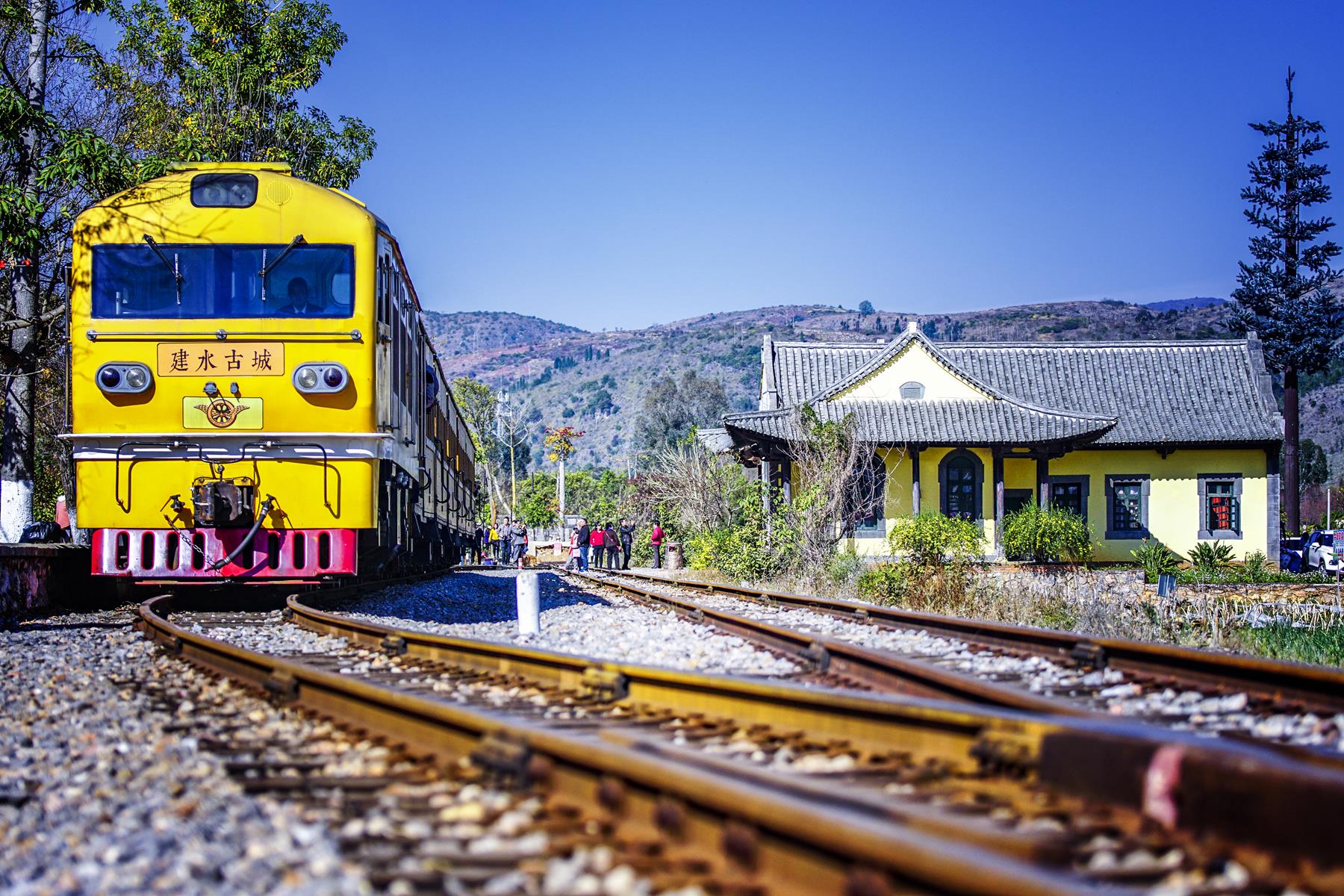Yunnan borders on Burma (Myanmar) to the west, and Laos and Vietnam to the south, with a 4,060-kilometer (2,523-mile) boundary line. Pu’er City in Yunnan is connected to all three foreign countries. In Yunnan, the China-Burma boundary line is 1,997 kilometers (1,241-miles) long, the China-Laos boundary line 710 kilometers (441-miles) long, and the China-Vietnam boundary line 1,353 kilometers (841-miles) long.
Ever since the ancient times, close economic and cultural ties have been established between Southeast Asia and Yunnan. It was more than 2,000 years ago that Yunnan was the gateway from China to Southeast Asia and India and the passageway by which the Chinese people developed cultural, economic and trade relations with the people of those neighboring countries.
Tourist traffic to Southeast Asia through Yunnan was once a booming business for several small border towns. The issuance of one-day tourist visas led to hundreds of thousands of mainland tourists a year queuing up to visit other countries. All of this traffic contributed tens of millions of yuan to local economies.
The main border crossings are:
- China-Vietnam -- Hekou Port
Hekou is a national first-class port, 469 kilometers (291 miles) from Kunming. It is the only autonomous county in Yunnan Province with the Yao nationality as the predominant ethnic group. The Yunnan-Vietnam Railway, Kunhe Highway and Honghe Waterway form a hub through which Yunnan connects to Vietnam. It’s the most convenient land channel from Yunnan Province and the Southwest region to Southeast Asia and the South Pacific. It is across the river from Lao Cai Market in Vietnam.
- The China-Laos border -- Mohan Port
Mohan Port (Mengla County, Xishuangbanna Dai Autonomous Prefecture in Yunnan Province) borders on Moding Port in Laos. It is the only first-class state-level port between China and Laos. Mohan is the terminus of China’s 213 National Highway (Lan Mo Line), which connects with Laos Highway 13.
- The China-Myanmar Border -- Ruili Port
Ruili Port is currently the port with the largest flow of people, vehicles and goods of all the China-Burma border ports. It is adjacent to the Burmese cities of Bangsai, Muse, and Nankan to the east and south.
From the Xishuangbanna Gasa International Airport in Yunnan, there are international air routes to Luang Prabang, Laos; Chiang Mai, Thailand; and Chiang Rai, Thailand.
The railway from Kunming, China, to Bangkok, Thailand, which is now under construction, will be completed soon. The whole journey costs only 350 RMB, and is about 873 kilometers long, from Kunming and Yuxi to the border of China and Laos at Mohan Port, and then into Laos, to Vientiane, the capital of Laos, to Thailand, and finally to Bangkok, the capital of Thailand.
Due to the COVID-19 epidemic, most ports are not open to inbound tourists and the only way to enter Yunnan is by air. Before traveling, check the port information in advance.
Tour routes:
Kunming-Xishuangbanna-Luang Prabang, Laos
Start your tour in Kunming city. Known as the “Spring City” for its mild climate, it’s a pleasant place to kick back for a few days.
Kunming: Stone Forest, Yunnan Ethnic Village, Dian Lake.
Xishuangbanna:
If you want to travel directly from Thailand to China, the ideal way is through Xishuangbanna. Xishuangbanna Dai Autonomous Prefecture, as it is known officially, is located in southern Yunnan Province, on the borders of Laos and Myanmar.
The most visited attractions in Xishuangbanna include Manting Park, Xishuangbanna Tropical Botanical Garden, Dai Nationality Garden, Wild Elephant Valley, Peacock Garden and Wangtainshu Scenic Area.
Tropical Botanical Garden, Dai Minority Park, Mengle Great Buddhist Monastery, Wild Elephant Valley.
And the last destination will be Laos. It’s easy to take flights from Xishuangbanna to Luang Prabang, Laos. We can explore Laos then.
Luang Prabang city tour (the former Royal Palace) and Nam Tha River (kayaks).






